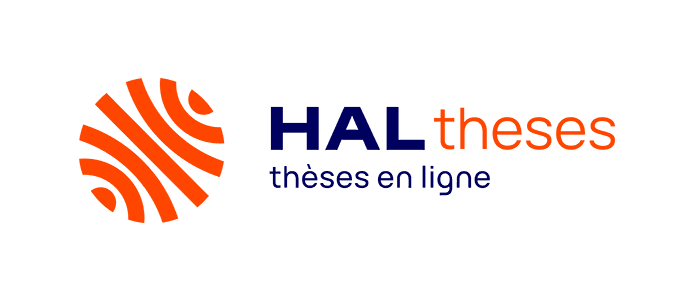LOCAL ARCHITECTURE AND SIMULATION OF THE HEALTH INTEGRATED SMART HOME INFORMATION SYSTEM (HIS²) FOR THE DETECTION OF AT-RISK SITUATIONS AND DECISION ASSISTANCE
ARCHITECTURE ET SIMULATION LOCALES DU SYSTEME D'INFORMATION DOMOTIQUE-SANTE INTEGRE A DOMICILE (SID²) POUR LA DETECTION DE SITUATIONS A RISQUE ET L'AIDE A LA DECISION
Résumé
We will begin with a review of Health Smart Homes (HSH) around the world before moving onto a description of our system, the HIS² or "Health Integrated Smart Home Information System", developed at the TIMC laboratory in Grenoble. We hypothesize that there is a connection between biological and social rhythms, behavior, and thus with physical activity which we can measure by observing a subject's displacements within the habitat. We created the term "activity circadian rhythms" (ACR) to refer to the behavioral measurement of patient activity inside the habitat. The HIS² system is made up of an external HIS² connected to the Internet and a local HIS², which is the object of our discussion here. The local HIS², using various types of sensors, is designed to monitor and, though the ACR calculations, self-learn the daily habits of a patient within the HIS², and thus to detect abnormal evolution of the patient's behavior over the long term. A simulation software has been developed to validate the system.
Après un tour du monde des Habitats Intelligents pour la Santé (HIS), nous décrivons la mise en place du système grenoblois développé au laboratoire TIMC : le Système d'Information Domotique-Santé Intégré à Domicile (SID²). Nous faisons l'hypothèse que les rythmes biologiques et sociaux sont liés au comportement, et donc à l'activité physique, que nous mesurons par le déplacement du sujet d'observation au sein de l'habitat. Nous créons le terme " Rythmes Circadiens d'Activité " (RCA) pour faire référence à la mesure comportementale de l'activité des patients dans l'habitat. Le système SID² est composé d'un HIS externe relié à Internet, et d'un HIS local, objet de ce document. L'HIS local effectue la surveillance multi-paramétrique et auto-apprend les habitudes de vie d'un patient à domicile à travers le calcul des RCA, de façon à détecter une évolution anormale de son comportement sur le long terme. Un simulateur a été développé pour valider le système.
Fichier principal
 tel-000059711.pdf (7 Mo)
Télécharger le fichier
tel-00005971.pdf (1.32 Mo)
Télécharger le fichier
tel-000059711.pdf (7 Mo)
Télécharger le fichier
tel-00005971.pdf (1.32 Mo)
Télécharger le fichier
Format : Autre
